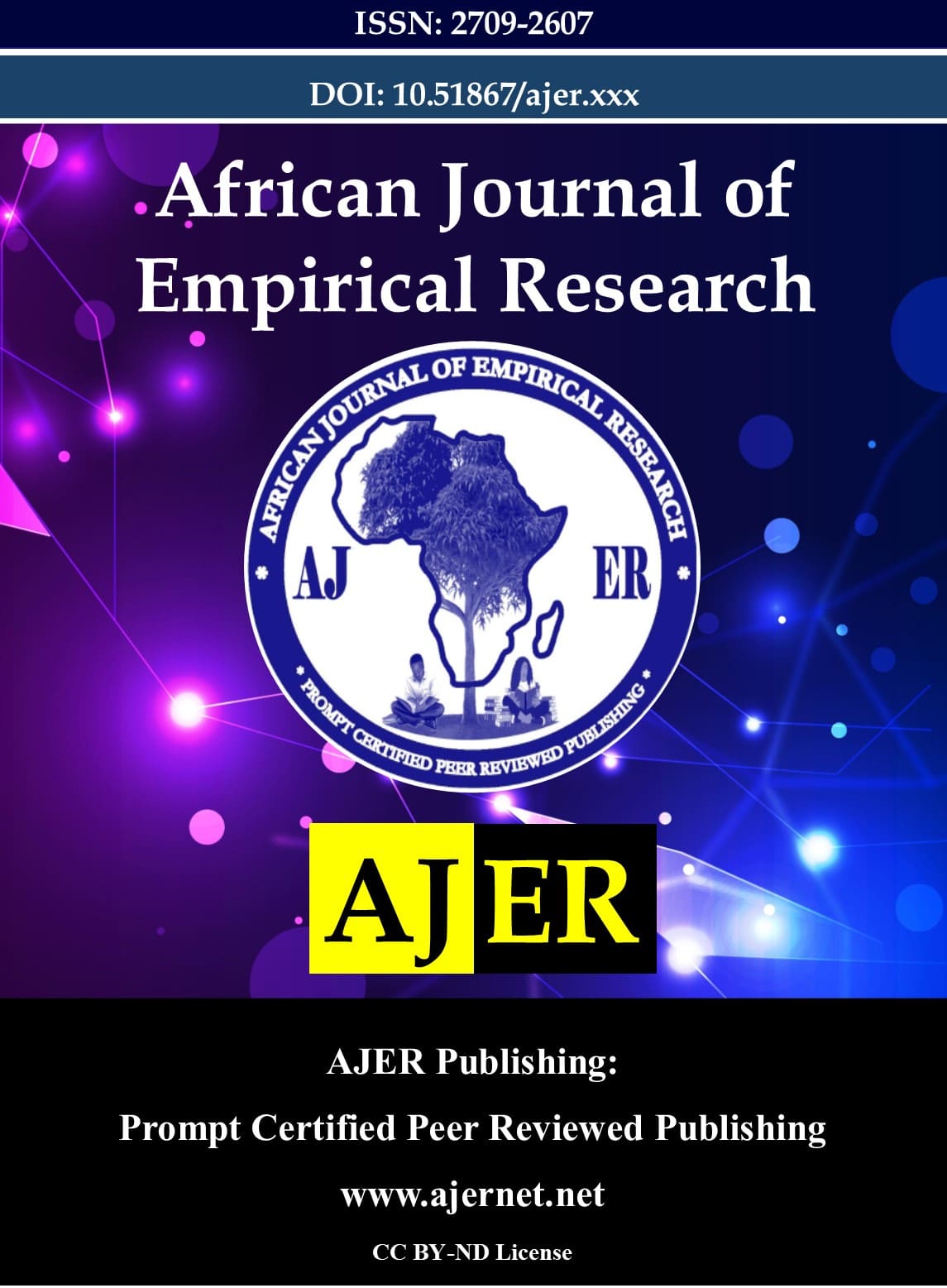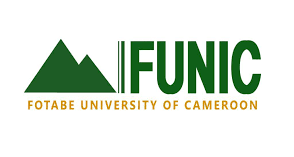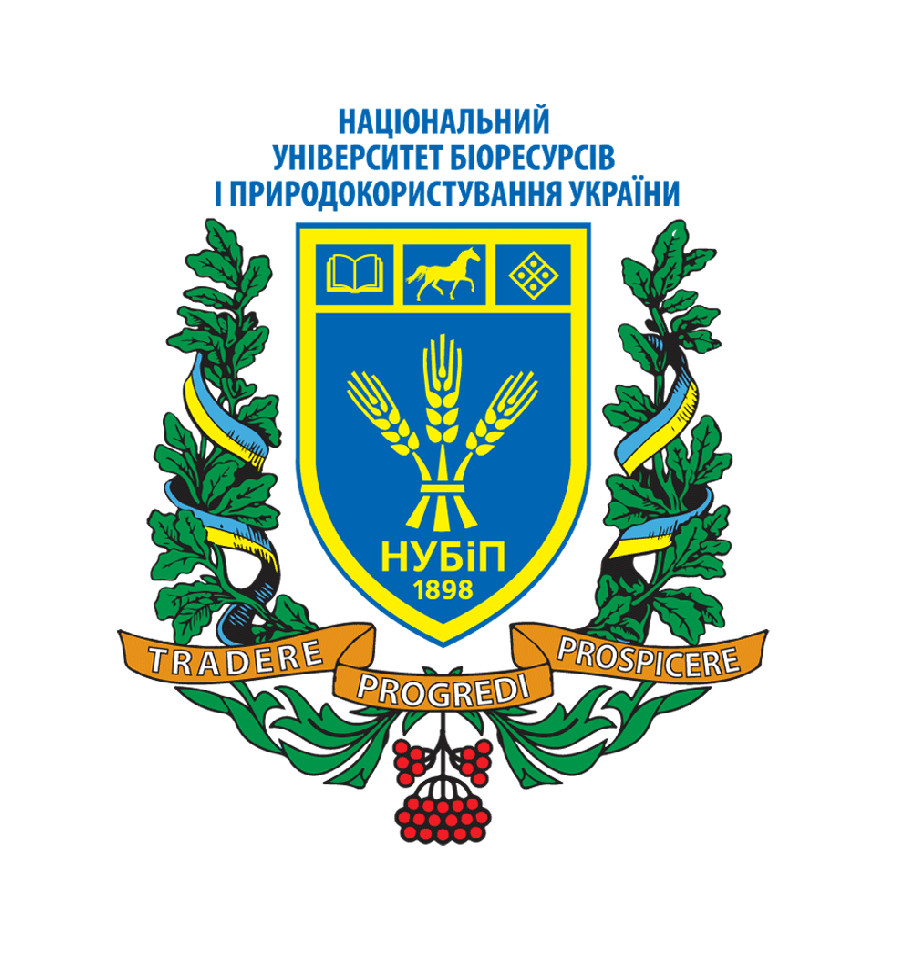Do health programs improve health outcomes? A dive into Tanzania’s 2007-2017 primary health care initiative
Keywords:
Child Health, Impact Assessment, Maternal Health, Primary Health Services Development ProgramAbstract
The complexity of the health sector in Tanzania, characterized by underfunding and human resource shortages, necessitated the establishment of several health programs. One of the crucial programs established was the Primary Health Services Development Program (2007-2017), which aimed to strengthen the accessibility of primary health services in all Tanzanian regions at the district level. Although any intervention could lead to better outcomes for the program, studies quantify its impact inadequately, and some yield inconclusive or conflicting results regarding how the programs influence the outcome variable. Employing Tanzania National Panel Surveys (wave 1 and 3) in the analysis, this study investigates the impact of the Primary Health Services Development Program (PHSDP) on maternal and child health using the Difference-in-Difference method. Results indicated that the program’s implementation increased the likelihood of pregnant women delivering their children in a health facility and being attended by skilled personnel during giving birth by 43% and 53%, respectively, compared to when the program was not implemented. Moreover, using a bed net during pregnancy and after birth increases the probability of a child's health improvement by 82%. The study also finds that it takes time for the impact of the program to be realized because, at the initial stage of the program’s implementation, people hesitate to attend health facilities due to misinformation in the health market and cultural beliefs about the new health information. The study recommends that it is essential to analyze the quality of care in these facilities and whether the increase is uniformly distributed across different regions and socio-economic groups. Moreover, there is a need for sustained efforts in training healthcare workers and increasing community awareness about the benefits of skilled birth attendance.
Published
How to Cite
Issue
Section
Copyright (c) 2025 John Geofrey Massito, Khalid Twaha Shekimweli

This work is licensed under a Creative Commons Attribution-NonCommercial 4.0 International License.























